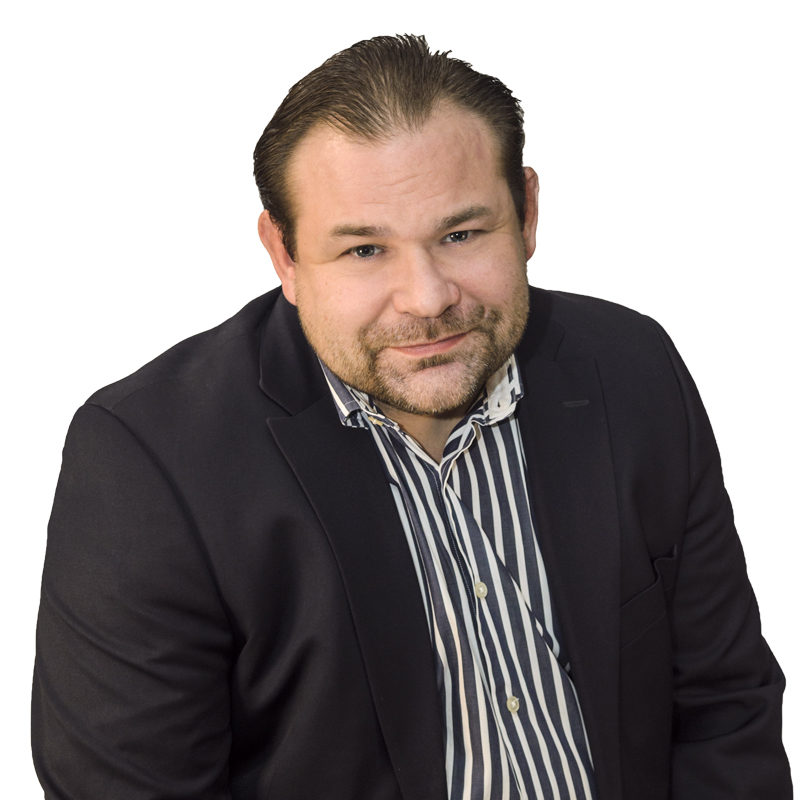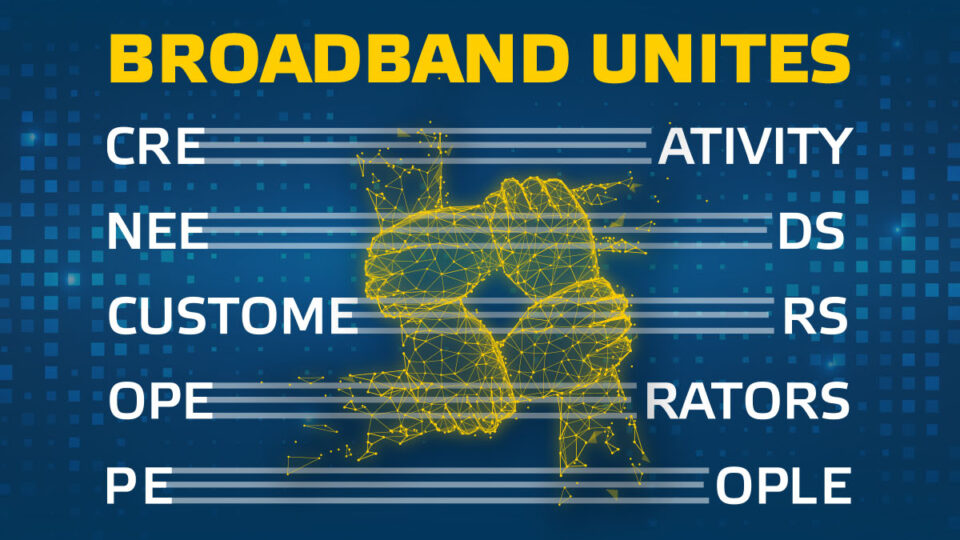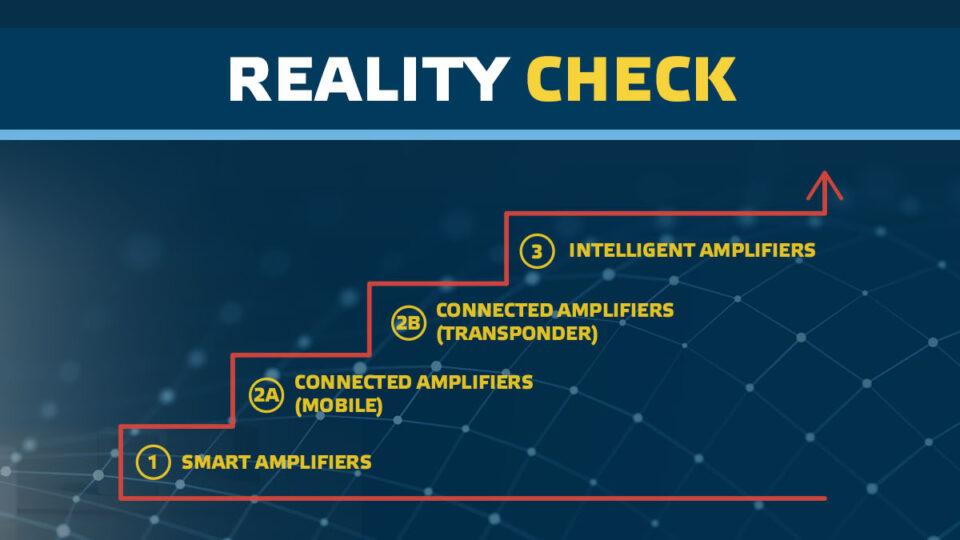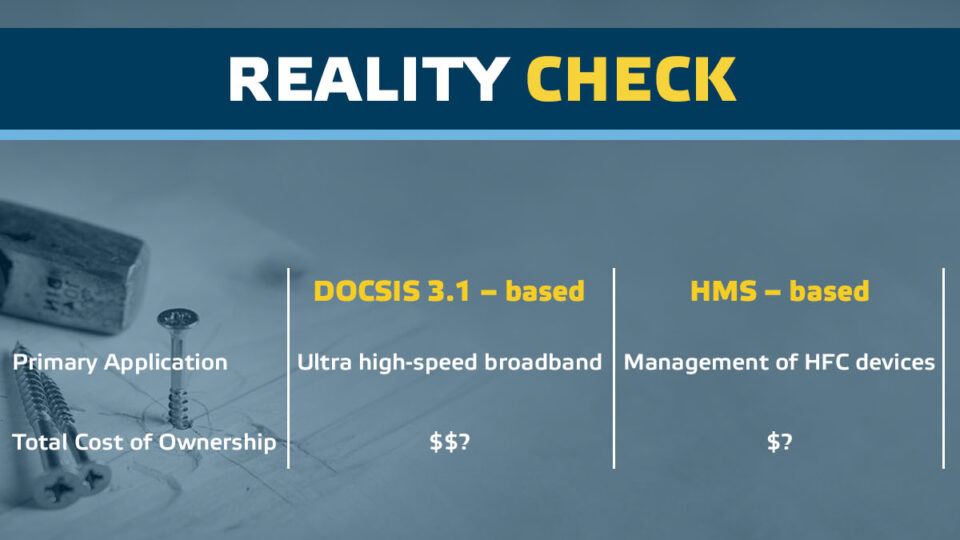
Intelligence in networks – thoughts of an industry pioneer at retirement
Looking back on his 40 years long career in the cable industry, Matti Susi, the pioneer of intelligent cable network technology, takes us on a journey through the evolution of networks over the past few decades.
Matti was interviewed by Arttu Purmonen (AP)
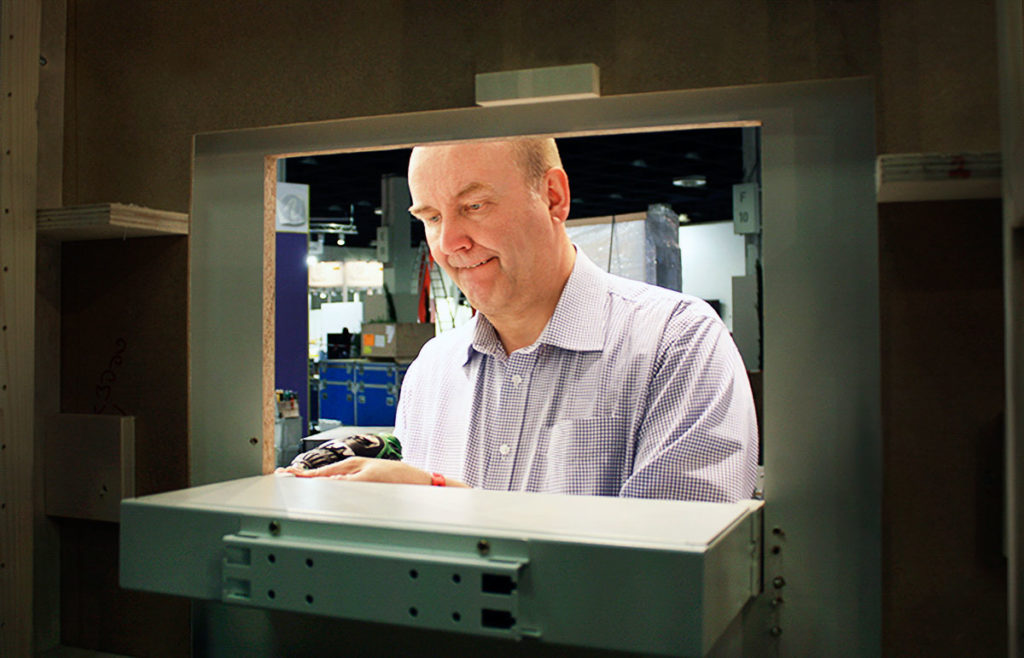
The dawn of intelligence in networks – Paving the way for modern Intelligent Networks since the 90s
AP: I guess transponder modules in HFC devices were the first indicators showing the need for more intelligent networks as these modules enabled bidirectional communication between operation centres and devices in the field. What kind of early memories do you have and when did transponders start to become common?
Matti: In the late 80s, the cable industry already used transponders to relay information from HFC devices, but these transponders did not allow adjustments to be made to the devices. Until the mid-90s, most cable network equipment had nothing intelligent about them. They were purely dumb analogue input-output devices. The only interaction that they typically had with the field technician was through a simple light indicating that the device was powered on.
AP: What was it that changed in the mid-90s?
Matti: In the mid-90s, I was involved with two significant development projects, which paved the way for modern Intelligent Networks Technology. The first was the development of our management software solution and the second was the introduction of network devices that were in fact computer operable with integrated transponders and remote-control capabilities. These two projects came together to bring about the first truly intelligent network technology, and it remains as the foundation for modern Intelligent Networks that many of our customers have today.
AP: Other HFC equipment vendors also started to develop similar solutions, were all developments based on standard communication protocols such as IP (Internet Protocol)?
Matti: Not really, actually many vendors in the business used their own proprietary protocols to send and receive data within networks, while we at Teleste made the decision to adopt IP-technology as the principal communications protocol for its network technology. This decision ultimately turned out to be a correct one, and it has paid dividends.
AP: You mentioned that is has paid dividends, could you elaborate?
Matti: The incentives for adopting Teleste’s intelligent solutions were quickly evident to the European cable industry. For example, an individual gain adjustment had typically required up to 2-3 hours work from a technician, including the truck roll, but now it was possible to carry the operation out remotely within minutes. The technology made it possible for cable operators to reduce the mean time to repair network issues and it had the potential to decrease the field operating expenses to a fraction.
Operators were now able to do much of the work remotely and proactively, and preventive maintenance started to play a significant role in improving operational efficiency and increasing service reliability and uptime. Scaled to the entire network level, the intelligent technology took an essential role in reducing operational costs in the networks while keeping the end-users satisfied.
Continuously transforming the industry
AP: We have discussed developments taking place already before the millennium but what has happened after the millennium?
Matti: Since the early 2000s, Teleste has further developed its hardware, practices, and the industry-leading management software. Instead of tapping PCs in the corner of network operations centres, technicians can access and manage the network on laptops or android-based mobile devices regardless of location.
We were also the first to introduce wireless BT technology into our HFC portfolio. This enabled us to ease the work of our client’s technicians in the field, as, after connecting the BT dongle in a device, they were now able to remotely check the status of the device and fine-tune its signal from the comfort of their car.
Later in the 2010s, Intelligent Networks technology evolved to meet the industry’s growing needs for increased energy efficiency. Today, the modern cable society highlights environmental aspects, and the Intelligent Networks technology answers the requirements by helping operators reduce the total network power consumption by up to 20%.
Staying ahead of the curve
AP: Thanks Matti, it is always interesting to hear about the origins of particular technologies. In your opinion, what kinds of developments are waiting for us on the horizon?
Matti: In addition to hardware, Teleste’s software development has played a pivotal role in the evolution of intelligent networks. We developed the UI together with technicians who are using it in practice, and I can proudly state that it is by far the best in the market! Integration of the spatial view for mobile devices is something I am personally looking forward to next.
The increased need for cybersecurity is also something that will undoubtedly shape the industry going forward. The thing to solve there is how to implement layers of security without adding to the administrative burden, power consumption, and subsequently to operational expenses.
I also consider advanced automation as a crucial next step. The future will lean into distributed access architecture network solutions which will enable more cost-efficient development of increasingly smart and powerful networks. There will be a new level of intelligence and automation, and it is quite evident that machine-learning and artificial intelligence will play a role in how networks are maintained and especially how energy efficiency will be optimised to enable further operational savings.
AP: In his role as Product Manager, Matti Susi was a pioneer in introducing network management solutions for operators at the beginning of the 2000s. What started as basic software with a graphical interface has evolved into a highly sophisticated and intuitive management software suite with advanced features such as spatial map view that provide network technicians with easy-to-use tools to inspect and adjust individual network devices.
Matti: It has been an absolute pleasure and privilege to work for Teleste for over four decades. I am proud to have been a part of pioneering modern Intelligent Network technology into the form it is in today. I am especially proud of the development of Teleste’s management software, which is the best in the business. I am confident that the team’s passion for driving the industry forward will ensure that the company’s Intelligent Networks offering remains industry-leading for many years ahead. My long tenure at Teleste is now over, but I am very much looking forward to following industry developments from the comfort of retirement.
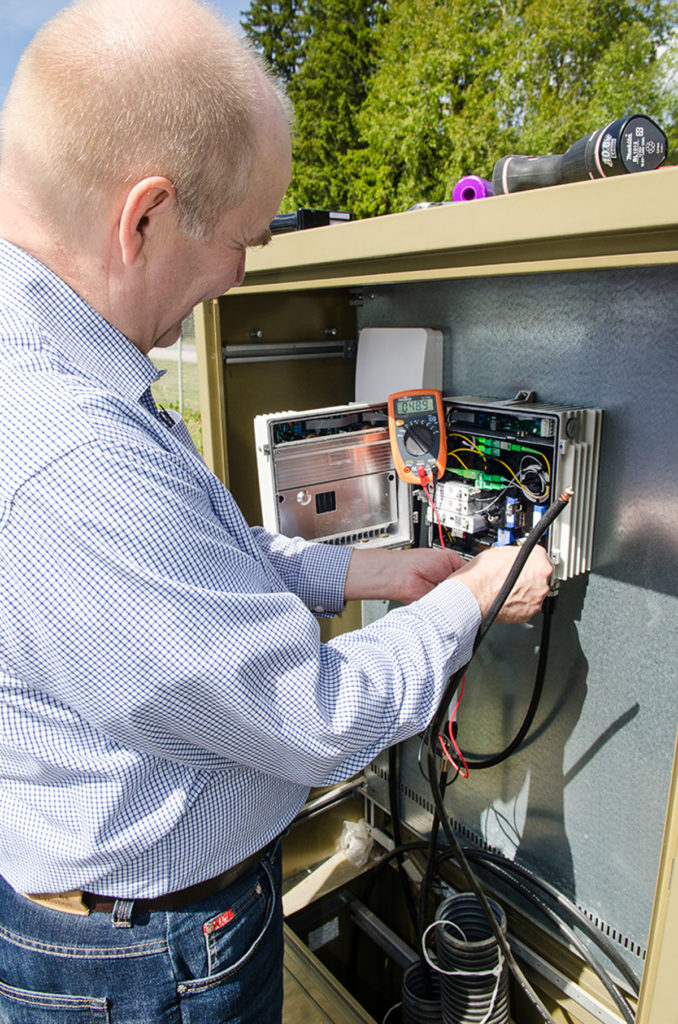
Arttu Purmonen
Arttu Purmonen
I joined Teleste in 1997 and engineered video processing and data transmission products. I have worked as engineer, project manager, product manager and business director but understanding customer perspective has always motivated me. It brought me to be responsible for system and technical marketing where my internal driving force and former experience can party together. See my LinkedIn.
